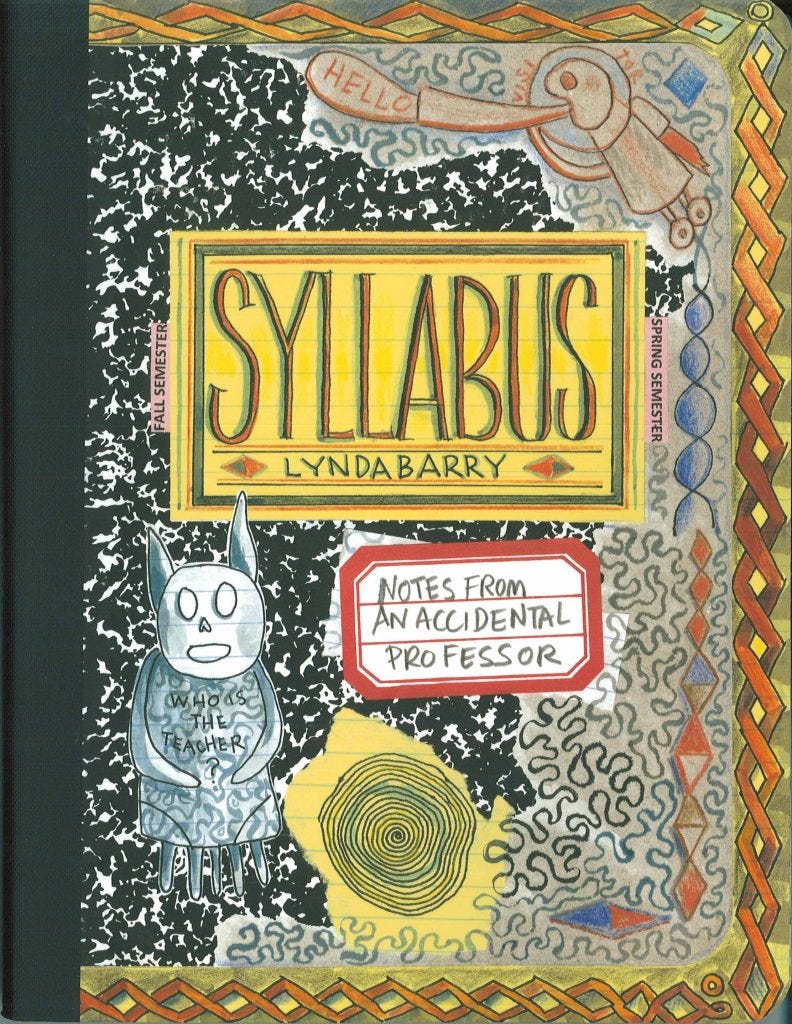Sketches from the field
How noticing can shape the way we teach, learn, and design
How can I give more targeted feedback, faster? How do I draw in the quieter students, the ones who rarely speak but always seem to be thinking? What’s a better way to close a lesson so it feels like it lands, not just ends?
I found these questions scribbled on a few loose stickies from when I was teaching, and they reminded me of the importance of documentation.
Large language models now support how we build lessons, draft feedback, and design learning experiences. But to work well, they need context. Documentation and reflection (once considered “nice to have”) are becoming essential. They shape how both humans and machines learn.
This brought me back to Syllabus: Notes from an Accidental Professor by Lynda Barry. It’s a map of her teaching mind: filled with margin notes, doodles, insights, and adjustments made on the fly. To me, it’s not (only) a book about syllabi. It’s a book about how we figure out what teaching can be.
And that’s the format we’re exploring today.
📰 What’s the format?
This format is inspired by Lynda Barry’s Syllabus: Notes from an Accidental Professor. It looks like a sketchbook, reads like a journal, and quietly hides some gems about what teaching and learning can be.
For over a decade, Lynda Barry has taught Writing the Unthinkable, a workshop for people who don’t see themselves as writers. (Check out her class Tumblr).
Featured in The New York Times Magazine, the course has reached everyone from students and teachers to postal workers and hairdressers. Syllabus is the first time she’s shared those exercises and teaching methods with the public.
Though she offers a highly original approach to designing a class program, what I loved most about this book is everything happening in the margins: the side notes, the reflections on what works and what doesn’t while teaching, the ideas for presenting students with unexpected material and interesting challenges... And most of all: the way she builds a class culture through her own distinctive style.
🎛️ What are the features?
Some of the notes in the margins touch on familiar teaching principles but seen from an unexpected angle. I like these features because they’re very unique ways of improving a teaching (and learning!) practice. Here are a few:
#1: Know your learners
Start by standing in their shoes. Not the curriculum. Not the outcomes. Just ask: Why would they care about this? What does it feel like to be them right now?
One of the ways Lynda Barry does this is by asking questions in the course application. Questions like:
What were some of the books you read as a kid?
Who was your favorite elementary school teacher? Why?
What were some of your favorite fictional characters when you were growing up?
She then shares the answers grouped anonymously. Seeing them all together creates a map of the group before class even begins.

#2: Question your own teaching
There’s no single “right” way to teach. I like to think of courses as living experiments. What happens if you adjust the temperature? The pace? The timing? Try two versions of the same prompt. Replace a slide deck with a sketch. Swap a solo task for a group challenge. Add one constraint. Remove another.

In Barry’s notes, you can see this process in real time. She asks questions. Crosses things out. Draws arrows. Adds little voice bubbles next to past ideas…
#3: Explore your curiosities
What questions are you asking in your own work right now? What side obsessions are creeping into your lessons? What’s capturing your attention?
Following your own curiosity gives learners permission to do the same. It turns the classroom into a shared lab; a space where no one (including the teacher) has everything figured out.
#4: Build an interesting world
A world has its own rules. Its own language. Its own rituals. When a learning experience feels like a world, it becomes easier to enter. You know what to expect, you recognize the signals, and over time… the repetition creates meaning.
You can build a world through tone, structure, or even small repeated acts. It doesn’t need to be elaborate!

Barry’s classes are grounded in two quiet convictions: that making art is never a waste of time, and that meaningful work takes time, often more than we’d like. The routines she builds (daily drawings, poetry memorization, long periods of quiet focus), are part of the world. They shape a rhythm, invite commitment, and slowly teach students how to stay with something long enough for it to matter.
#5: Add moments of celebration
This one is easy to skip and too important not to include. In Barry’s journals, she often stops to name what her students have done:
“You’ve kept a diary for 21 days, written 14 stories, colored 8 pictures, made almost 40 little drawings…”
When you name someone’s progress, you give them a story. “You’ve come far.” “You made something out of nothing.” “You stuck with it when it felt hard…”
💡 Why is this format effective for learning learning and teaching?
Learning improves when students engage in self-explanation, retrieval practice, and generation (trying to solve a problem before seeing the solution). These are all things that happen when we write down what we’re noticing. Teaching improves when we do the same. Barry’s book is a chronicle of someone noticing what works, what doesn’t, what felt weird, what made people laugh…
As large language models become more embedded in how we teach and design, practices like this: messy, reflective, grounded in context, start to feel less like extras and more like essentials.
💌 An invitation
How might you document the context of your own teaching and learning? What would it look like to leave a trail of your own experiments, questions, and shifts?
The tools are changing, the context is shifting, and the systems we used to rely on are being rethought in real time. It’s easy to skip over the in-between moments but that’s often where the real insight lives.
Documentation is a form of attention, a way to think alongside your practice, a way to notice what’s taking shape while it's still taking shape…
What traces are you leaving as you go?
🪁 Life Lately
Manchester in pictures: The Elements of Euclid with pop-up diagrams, 3D maps, Ian Curtis’s handwritten lyrics, a provisional confessional booth inside a bar, the Science and Industry Museum, Longford Park, a history of makers and machines, pies, working sessions at the Central Library, Rainy Heart…)

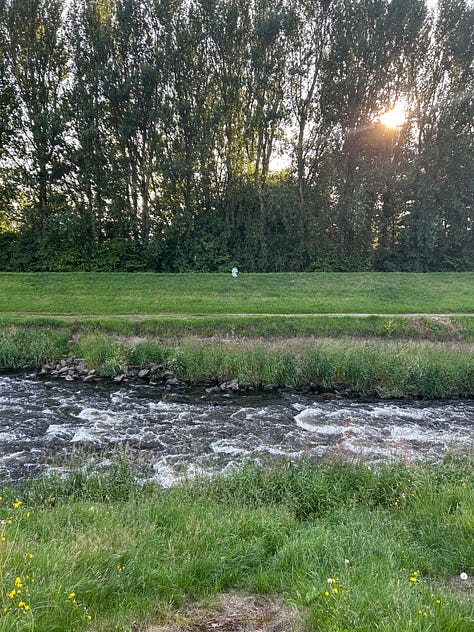


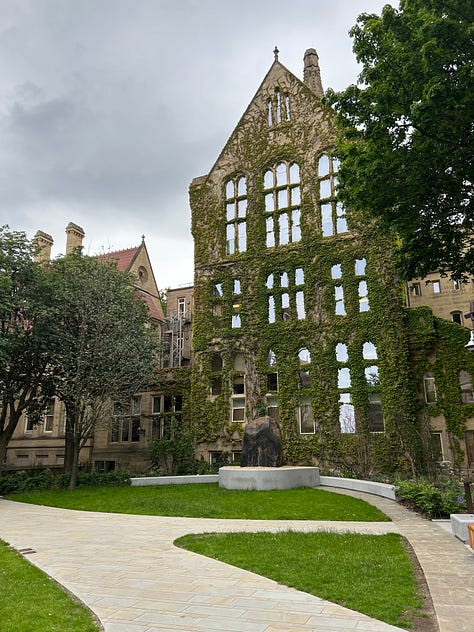
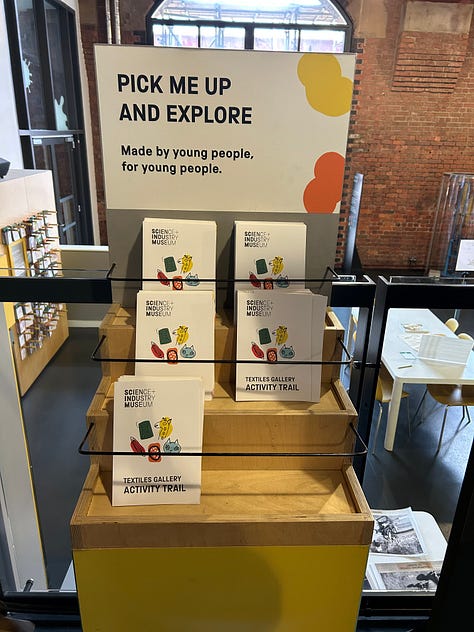
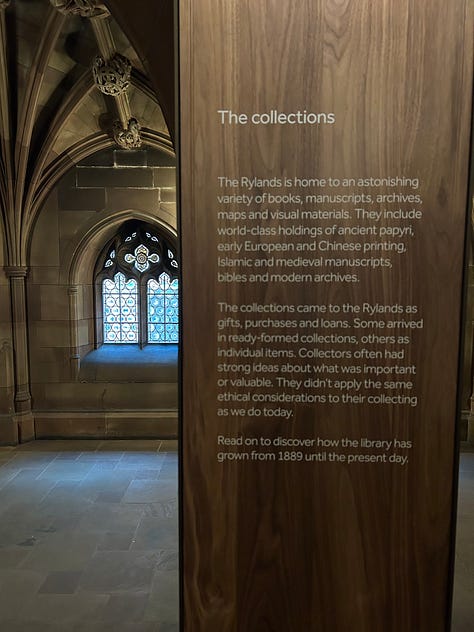
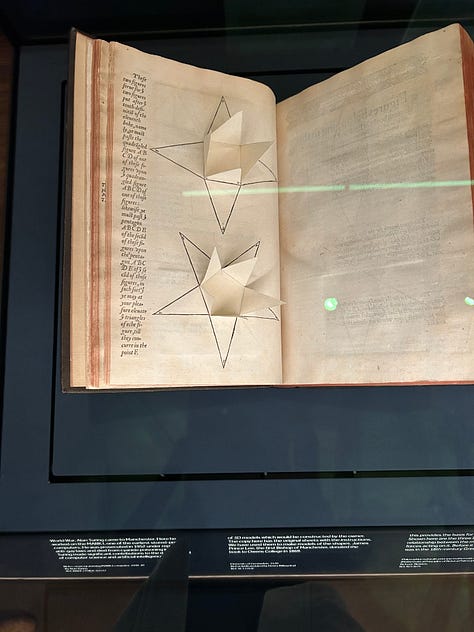
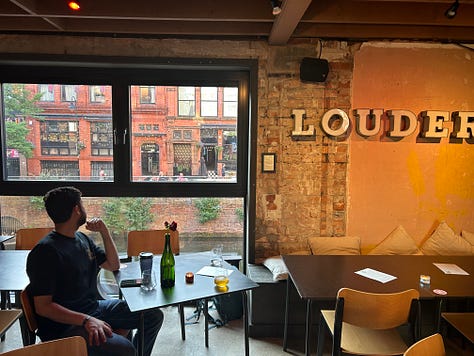
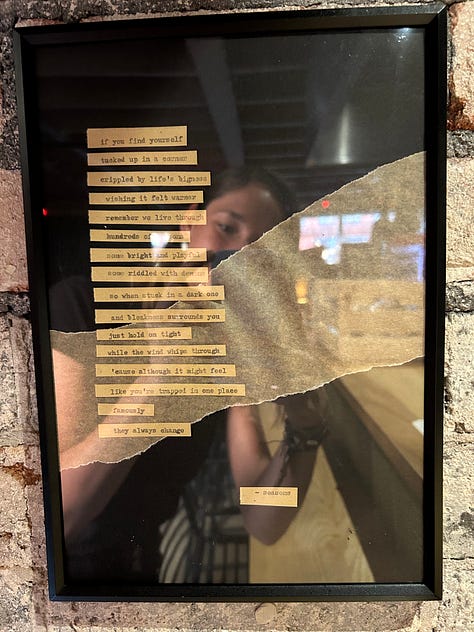

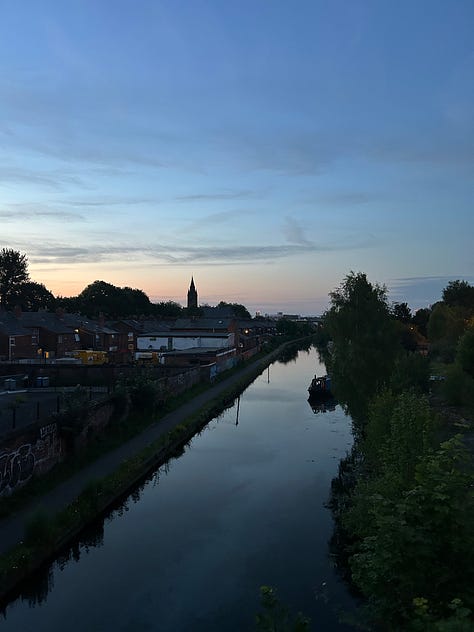


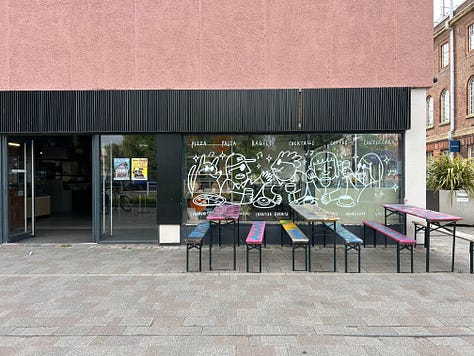


I appreciate your time. Thank you for reading! 💙 I also value your feedback (suggestions, critiques, constructive ideas…) as well as your tips or suggestions for future editions. I’d love to hear about you in the comments.
→ Or just click the heart symbol. That always makes me smile :-)
*This post’s gif is from GifItUp.





